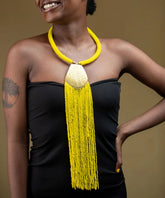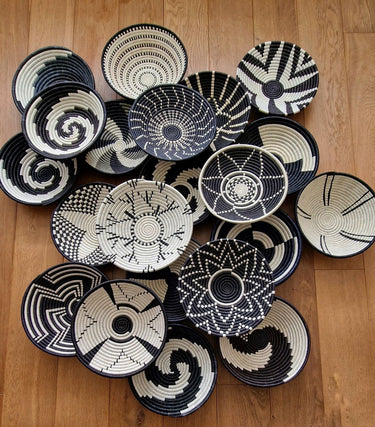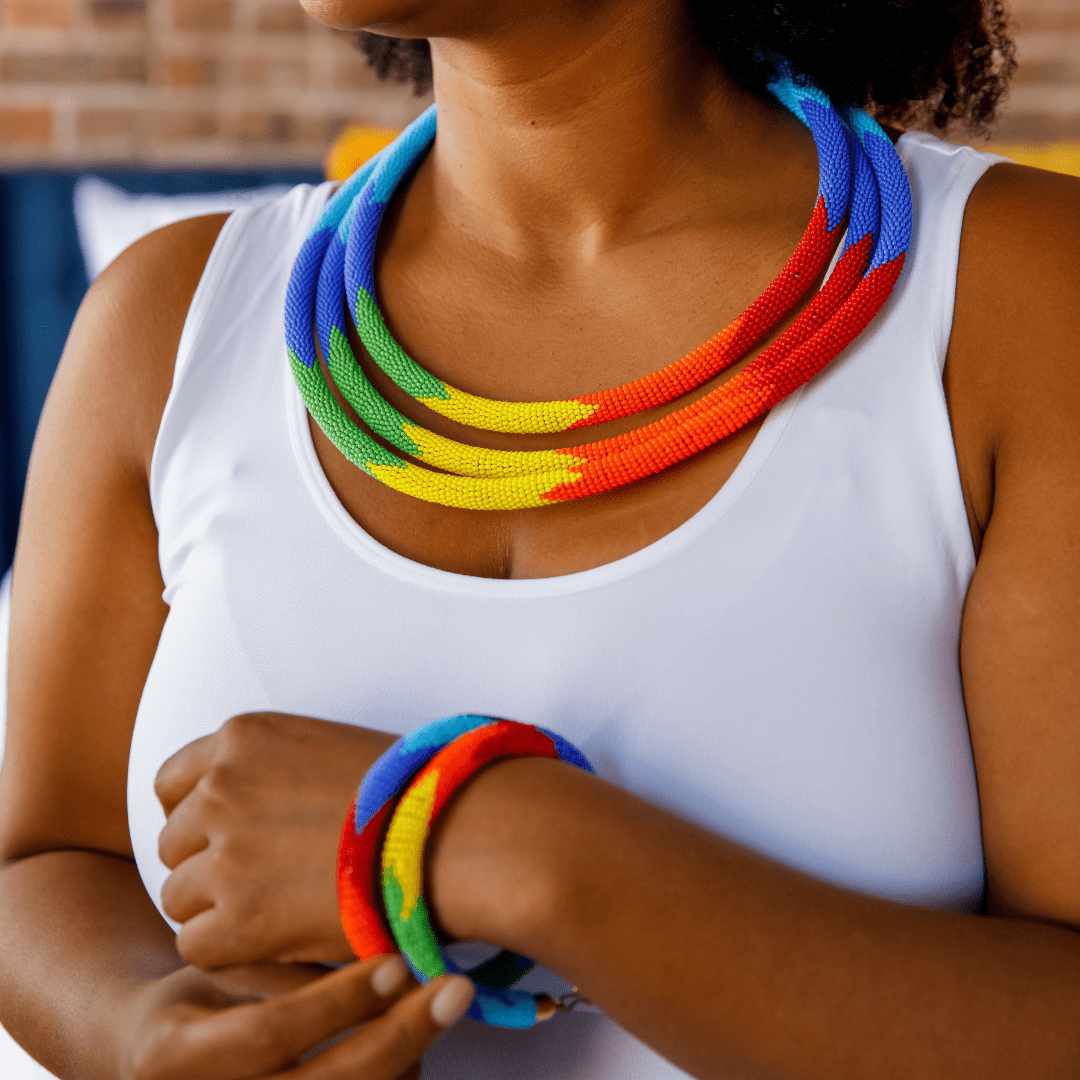Ethical Wholesale Tribal Art: Where to Source & How to Sell Responsibly
The global market for tribal and indigenous art is growing, but so is scrutiny over exploitation and cultural appropriation. Today’s consumers want authentic pieces that respect traditions and support artisan communities.
For retailers, ethically sourced tribal art isn’t just morally right—it’s a competitive advantage.
What Does “Ethically Sourced” Tribal Art Mean?
Ethical sourcing ensures:
-
Artisans are paid fairly (no exploitative middlemen)
-
Materials are sustainable (no endangered woods, ivory, etc.)
-
Cultural significance is respected (no sacred items sold improperly)
Top-Selling Ethical Tribal Art for Retailers
| Category | Examples | Profit Margin |
|---|---|---|
| Masks | Dan masks (Liberia), Hopi kachinas | 200-400% |
| Textiles | Kente cloth (Ghana), Mudcloth (Mali) | 150-300% |
| Jewelry | Maasai beads, Navajo silver | 250-500% |
| Home Decor | Zulu baskets, Aboriginal paintings | 200-350% |
Retailers Doing It Right
Global Gifts
-
Strategy: Tags show artisan photos + wages earned
-
Result: 45% repeat customers
Anthropologie (Ethical Edit)
-
Strategy: Tribal rugs with weaver interviews online
-
Result: 30% sales boost in home decor
Key Challenges & Solutions
| Issue | Fix |
|---|---|
| High shipping costs | Partner with suppliers offering sea freight discounts |
| Customer skepticism | Post third-party audit reports on your site |
| Seasonal demand | Market tribal art as “timeless heritage pieces” |
Your Next Steps
-
Order samples from 2-3 suppliers listed above.
-
Start small with bestsellers (beadwork, baskets).
-
Train staff to explain cultural context (reduces returns).
Ethical tribal art connects shoppers to cultures—not just commodities. Start sourcing responsibly today. 🌍




